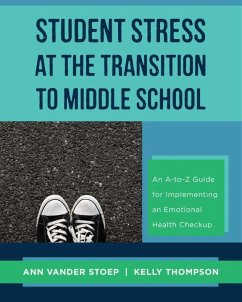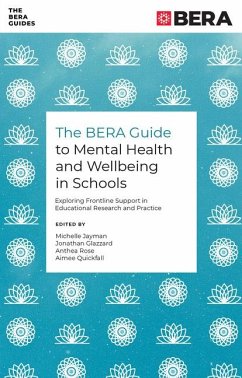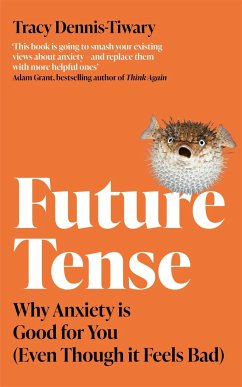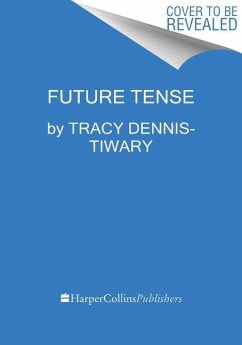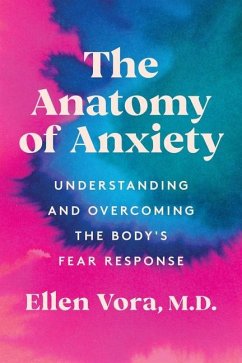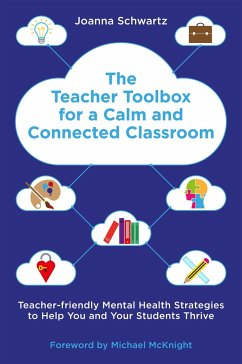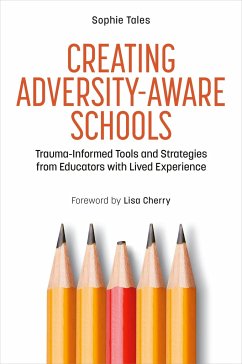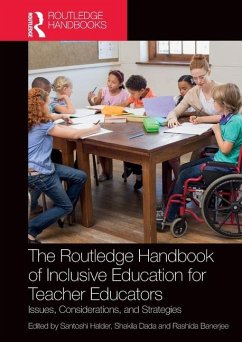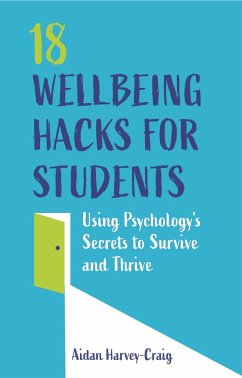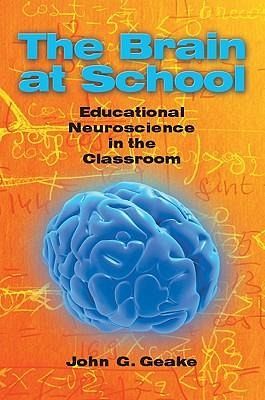
The Brain at School: Educational Neuroscience in the Classroom
Versandkostenfrei!
Versandfertig in über 4 Wochen
35,99 €
inkl. MwSt.

PAYBACK Punkte
18 °P sammeln!
This friendly book is jargon-free and no prior scientific knowledge is assumed of the reader. It is thought-provoking reading for practising teachers across all age ranges, trainee teachers, parents, head teachers, educational policymakers, academics and educational psychologists.





